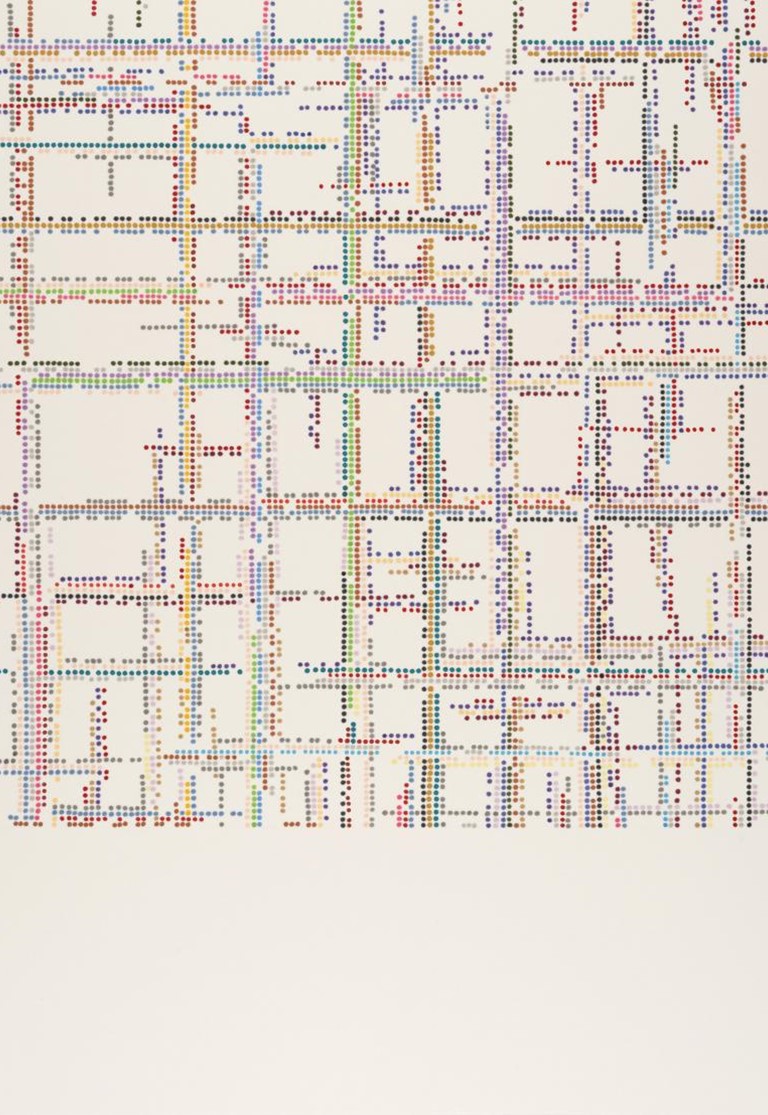Art & Design at Kristiania Lech
Meet the artists and Salon Talks
Art & Design at Kristiania Lech is the continuation of a family passion. When Irmgard and Othmar Schneider opened their mountain house in Lech as a hotel, it was only natural that it should be adorned with some of the beautiful things they had accumulated over the decades. These antiques, artworks, textiles, ceramics and other items were added, especially by Irmgard Schneider, a collector. Gertrud Schneider decided to pursue her own interest in contemporary art by commissioning a series of installations and by co-operating with art gallery Sturm & Schober.
Nowadays the Kristiania's one of a kind visionary art & culture projects celebrate contemporary art and design. The focus is on supporting the local community, bespoke art, music and design. "Meet the Artists" and the "Salon Talks" are a unique opportunity to mingle with the oeuvre of artists we love and recommend and meet artist and art experts in person.
Art & Culture
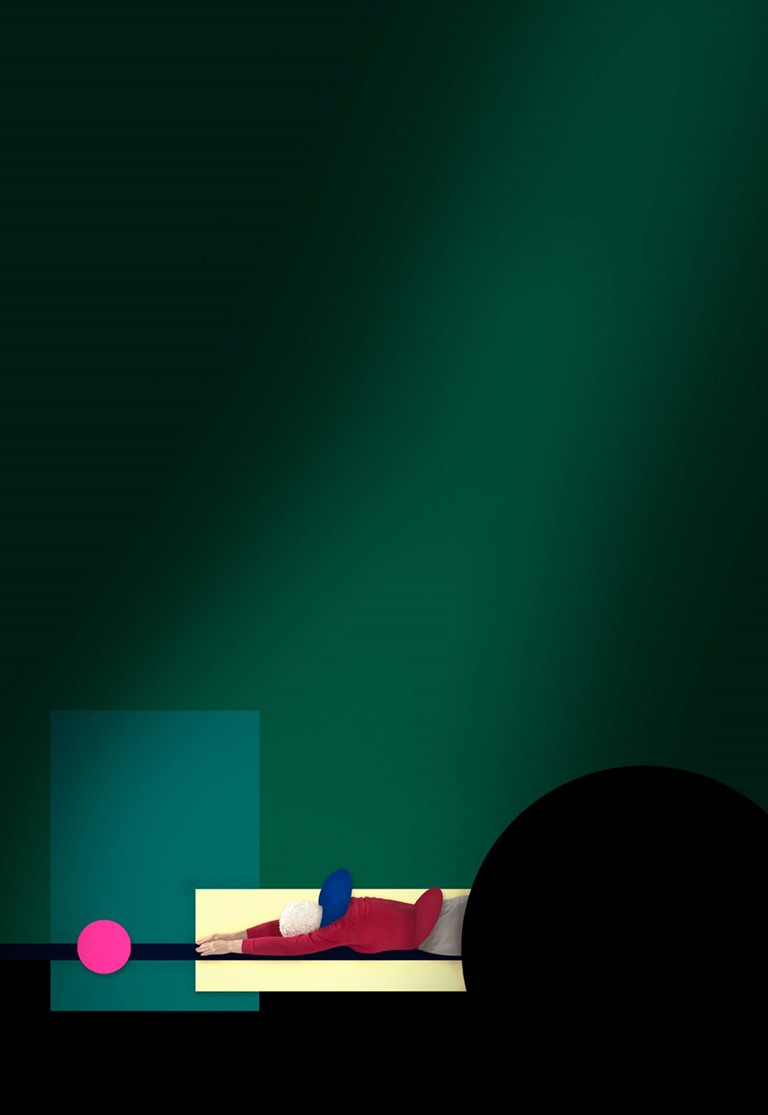
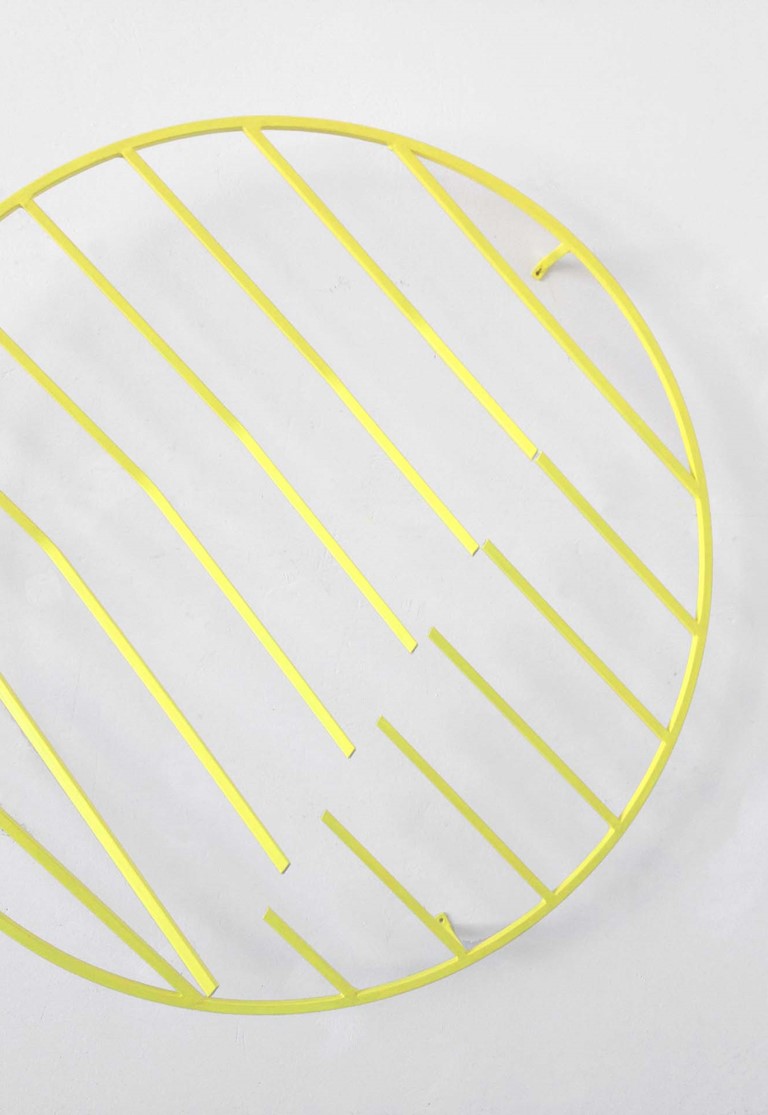
Meet the Artist
Our winter and summer edition can help slow you down, but it will also light you up! We pride ourselves in creating unique and memorable experiences that deliver a smorgasbord of sensations. This season will be even more remarkable than usual. By converting our hotel into a private gallery that celebrates our outstanding artists and art experts in residence, and placing creative surprises throughout our hotel, you will find something new and inspiring around every corner...
Höhenflug. Art parks in the Garage
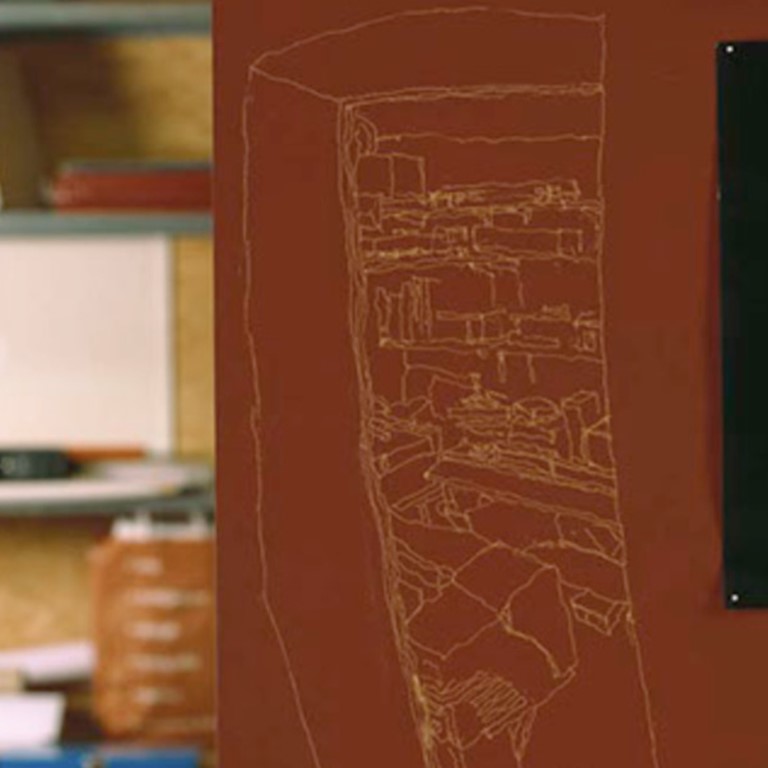
Höhenflug. Art parks in the Garage
Höhenflug. An art gallery pop up. A little exhibition in the Garage in collaboration with art gallery Sturm & Schober Vienna showing artists Rebecca Salter, Inge Dick, Paul Thuile, Vanessa Henn, FFM (Filderbahnfreundemöhringen), Herbert Egl, Nina Rike Springer, Sven Braun, Dave Bopp, Wolfram Ullrich, Stefan Zsaitsits, Károly Keserü, Astrid Köppe and Thomas Gänszler, Gerald Moser, and many more. Don't miss Höhenflug gallery!
Skyspace Lech by James Turrell
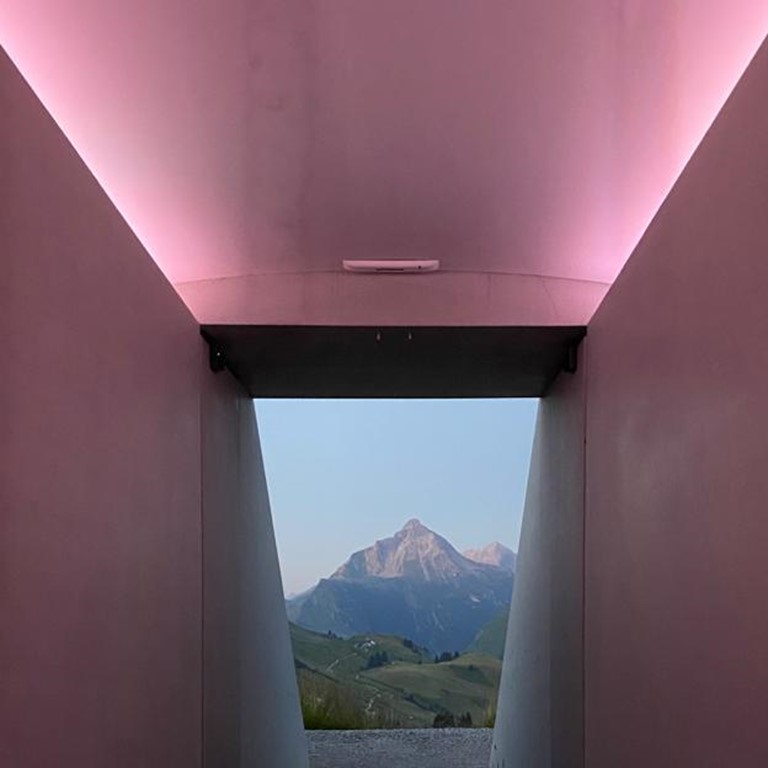
Skyspace Lech by James Turrell
"We are not aware that we ourselves give the sky its colors." The world-famous American artist James Turrell designed a Lightroom where sky and earth seem to encounter one another from a new point of view in the high alpine landscape of Lech.
Don't miss to experience a sunrise or sunset at the Lightroom.
Meet the Artist. Rebecca Salter, Kevin Simón Mancera and Paul Thuile
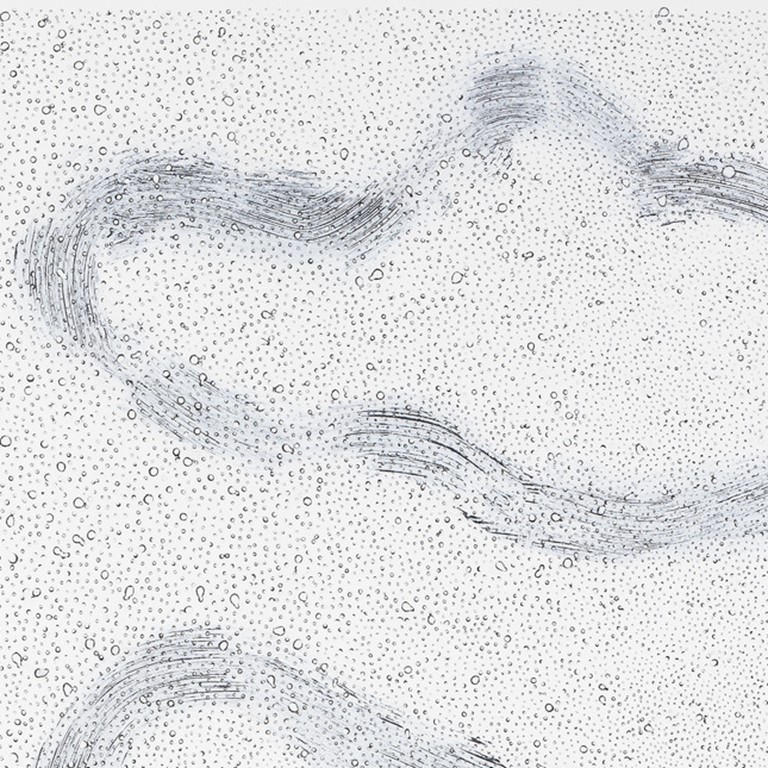
Meet the Artist. Rebecca Salter, Kevin Simón Mancera and Paul Thuile
This year, the focus is on the British artist Rebecca Salter. In addition to showcasing artists from the Sturm & Schober gallery program, we are thrilled to present the impressive project Forget Me Not by Colombian artist Kevin Simón Mancera. Outdoors, you will surprised by captivating work by Paul Thuile.
Salon Talks Kristiania Lech x Parnass
Salon talks at 1.444 meters sea level. Lech am Arlberg has always been a place where, in addition to the impressive scenery, art and culture has played and plays a role - from the project "Horizon Field" of the British sculptor Antony Gormley and his "Iron Man" at the Kriegerhorn, the Sky Space by James Turrell to discursive formats such as the Philosophicum Lech and the Literaricum Lech, founded in 2021. Since the Kristiania Lech summer edition 2023 "all together now.", these are expanded to include discussions on topics of art and culture. In a salon-like setting at Kristiania Lech, lectures and panel discussions will take place - which can be continued afterwards in an informal exchange with the speakers over culinary delights and wine. The talks will be moderated by Silvie Aigner, Editor in Chief of PARNASS art magazine and are open to an interested audience.
Wolfram Ullrich
Art needs the viewer in order to concretise itself. Concrete art, too. In this constellation, it has the possibility of remaining entirely within itself and relying on the persuasive power of the factually visible. But it can also open itself up to the viewer by taking the premises of concretion to heart and yet conjuring up an emphatic illusionism. Wolfram Ullrich has increasingly opened up his artistic work in this direction in recent years.
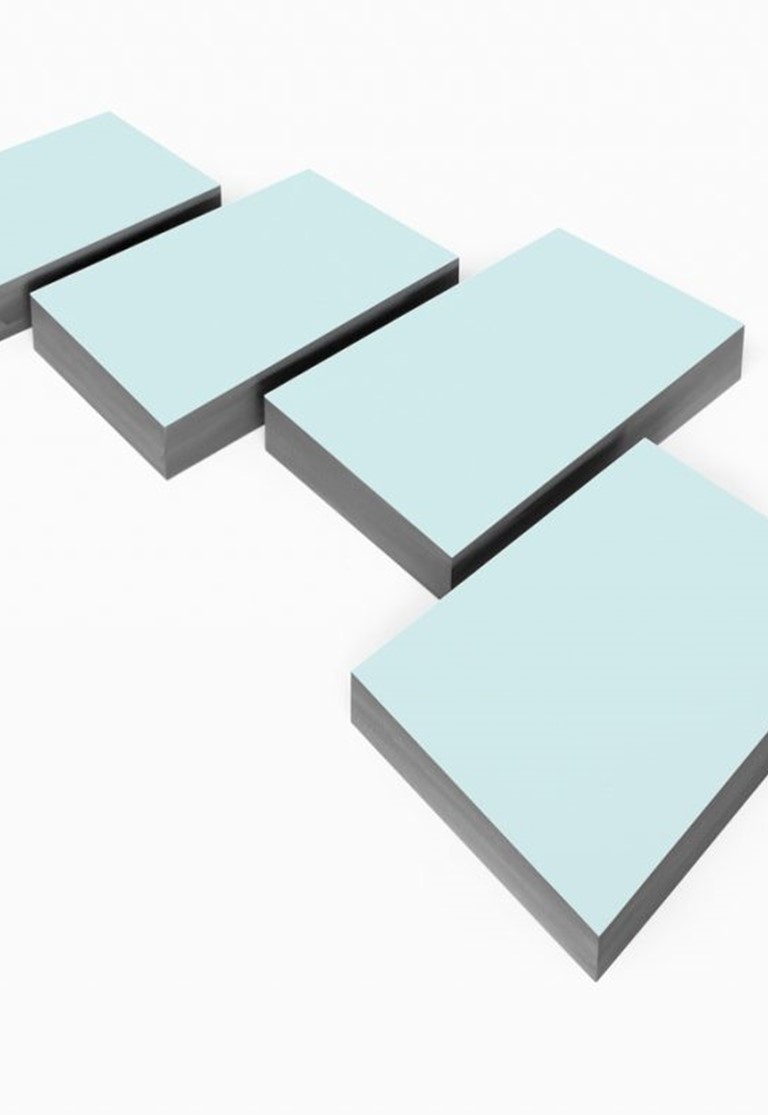
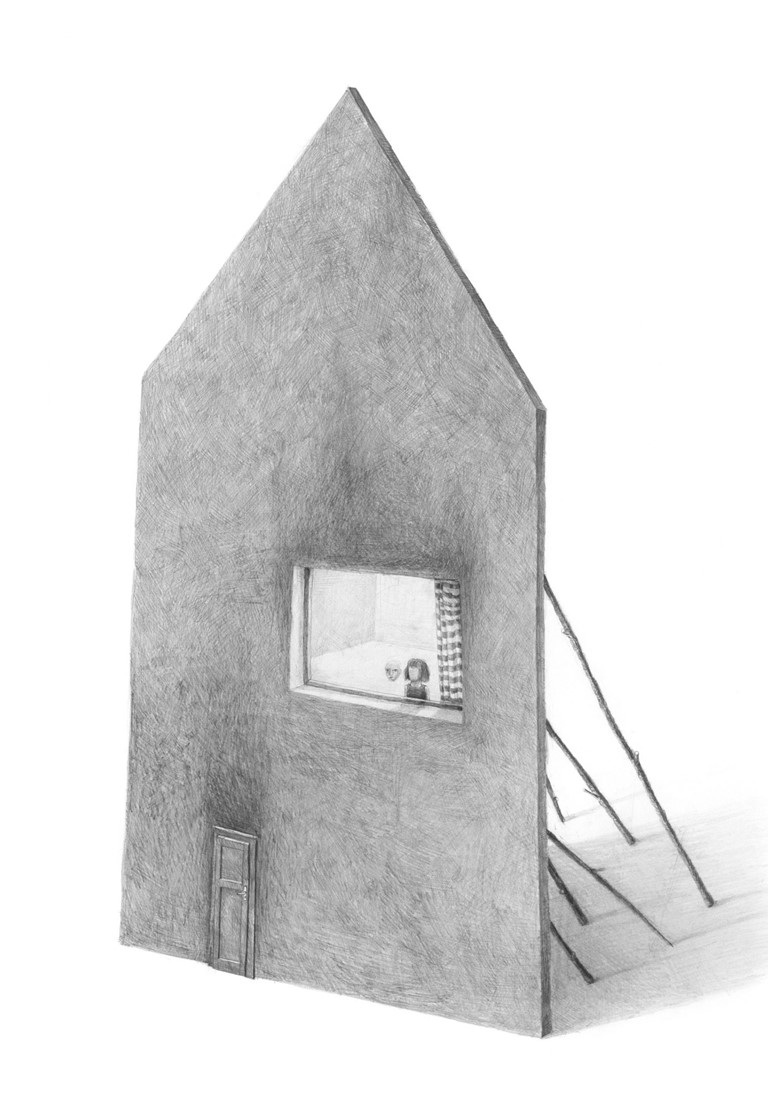
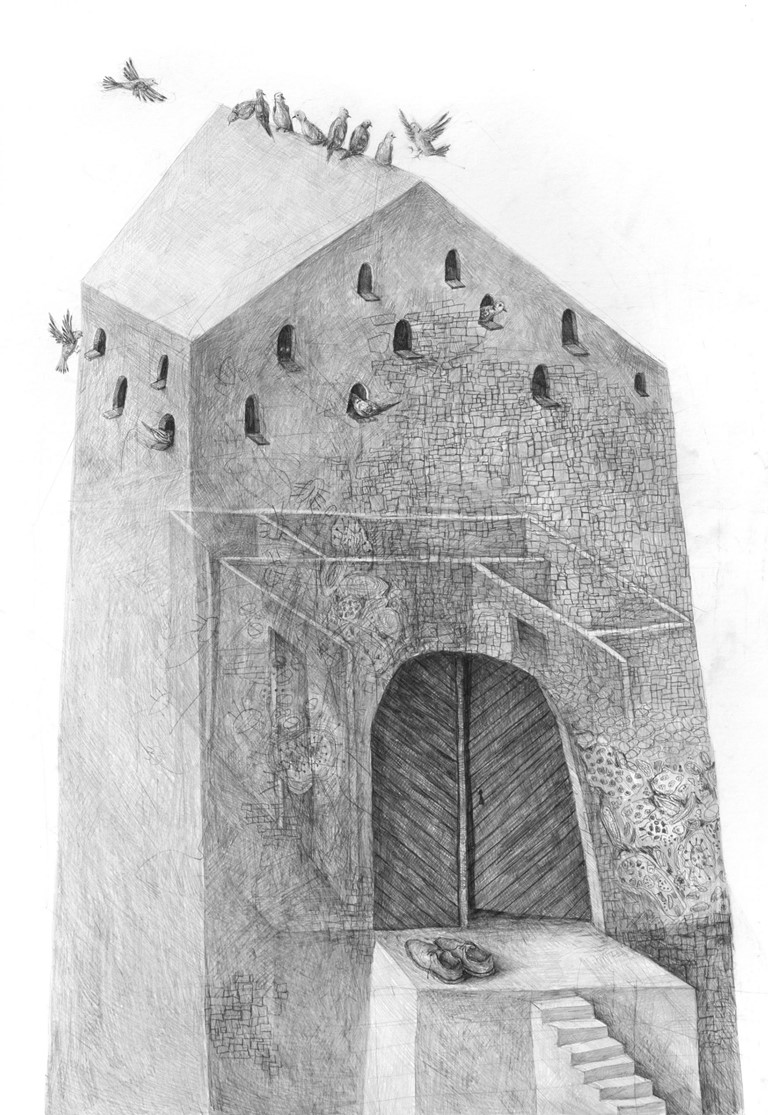
Stefan Zsaitsits
1981 geboren in Österreich.
2001 Universität für angewandte Kunst/Wien, Bildende Kunst
2006 Diplom
Károly Keserü
Károly Keserü is best known for his rather minimalist works that take a new approach to geometric painting and drawing. The methodical and critical potential in his work accurately and sustainably address and review the legacy of Modernism and Post-Modernism in the digital age – one of the gallery’s core areas. In his search for a balance between the physical and metaphysical, between system and chance, Keserü draws inspiration from Eastern and Western philosophy, folk art like embroidery and Aboriginal and in particular music. Keserü then translates these influences into a creative practice that is both experimental and transformative.
